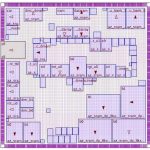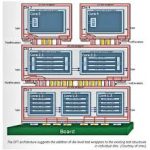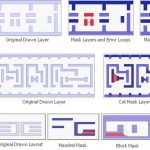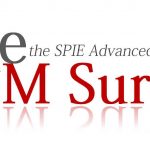You are currently viewing SemiWiki as a guest which gives you limited access to the site. To view blog comments and experience other SemiWiki features you must be a registered member. Registration is fast, simple, and absolutely free so please,
join our community today!
WP_Term Object
(
[term_id] => 159
[name] => Siemens EDA
[slug] => siemens-eda
[term_group] => 0
[term_taxonomy_id] => 159
[taxonomy] => category
[description] =>
[parent] => 157
[count] => 814
[filter] => raw
[cat_ID] => 159
[category_count] => 814
[category_description] =>
[cat_name] => Siemens EDA
[category_nicename] => siemens-eda
[category_parent] => 157
[is_post] =>
)

WP_Term Object
(
[term_id] => 159
[name] => Siemens EDA
[slug] => siemens-eda
[term_group] => 0
[term_taxonomy_id] => 159
[taxonomy] => category
[description] =>
[parent] => 157
[count] => 814
[filter] => raw
[cat_ID] => 159
[category_count] => 814
[category_description] =>
[cat_name] => Siemens EDA
[category_nicename] => siemens-eda
[category_parent] => 157
[is_post] =>
)
Mentor’s U2U user group meeting in Santa Clara is next week on April 12th at the Santa Clara Marriott. For those of you on the east coast the Waltham U2U is on May 16th, and for Europeans the Munich U2U will be on October 25th. Registration is open for both Santa Clara and Waltham, and there is a call for papers for Munich.
The day … Read More
Conquering the Big Data Challengesby Beth Martin on 04-02-2012 at 4:38 pmCategories: EDA, Siemens EDA
Extrapolating the trends from last 20 years to the next ten suggests that we will be implementing a trillion transistors or more by 2020. At 20nm, with the chip sizes touching billions of transistors, the age old problem of how to implement a design in the most efficient manner remains unanswered. … Read More
In my last article I talked about the physical design aspect of 3D-IC. Now looking at its verification aspect, it spans through a wide spectrum of test at hardware as well as software level. The verification challenge goes much beyond that of a SoC which is at a single plane. Even a typical SoC that comprises of a processor core, memory… Read More
I went to a couple more sessions at the Common Platform Technology Forum today, on 20nm double patterning and whatever will we do at 14nm. Basically, this is the end of planar transistors and the end of optical lithography. One session was by IBM scientists about process and one by Michael White of Mentor about double patterning. … Read More
Next Wednesday is the Common Platform Technology Forum. “Common Platform” is a name that only a committee could have come up with, giving no clue as to what it actually is. As you probably know, there are various process clubs sharing the costs of technology development (TD) and one of them consists of IBM, Samsung and… Read More
My first chip design at Intel was a DRAM and we had a 5% yield problem caused by electromigration issues, yes, you can have EM issues even with 6um NMOS technology. We had lots of questions but precious few answers on how to pinpoint and eliminate the source of yield loss. Fortunately, with the next generation of DRAM quickly introduced… Read More
Although design for manufacturing (DFM) tools and techniques have been around for several nodes, a lot of designers remain skeptical about their actual value, especially since many products still make it successfully to market without the use of DFM.… Read More
DFM Industry Surveyby Beth Martin on 02-10-2012 at 1:28 pmCategories: EDA, Siemens EDA
As part of the DFM Conference at the SPIE Advance Lithography symposium, the DFM committee is conducting an informal survey on the current state of Design For Manufacturability in the Semiconductor Industry.
Please take this anonymous 16 question survey to identify critical Design for Manufacturability (DFM) issues facing… Read More
DFM at SPIE Advance Litho showby Beth Martin on 02-09-2012 at 6:40 pmCategories: EDA, Siemens EDA
This year’s SPIE Advanced Lithography is loaded with interesting keynotes and sessions. To help me narrow down what to see, I spoke with John Sturtevant. John is co-chair of the Design for Manufacturability through Design-Process Integration conference, and the director for technical marketing for RET products at Mentor Graphics.… Read More
Consumer electronics is a new driver in our global semiconductor economy as we enjoy using Smart Phones, Tablets and Ultra Books. The challenge of designing and then verifying the electronic systems to meet the market windows is a daunting one. Instead of starting with a blank sheet for a new product, most electronic design companies… Read More











